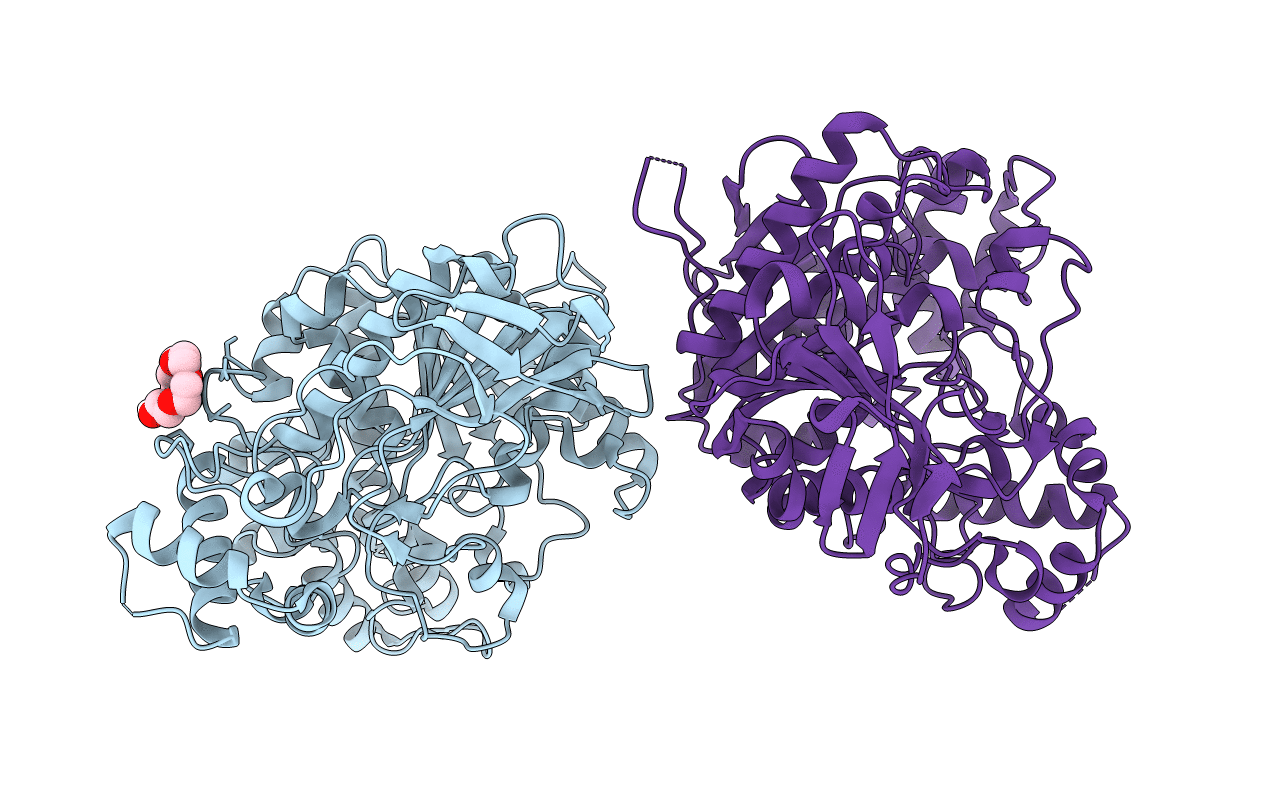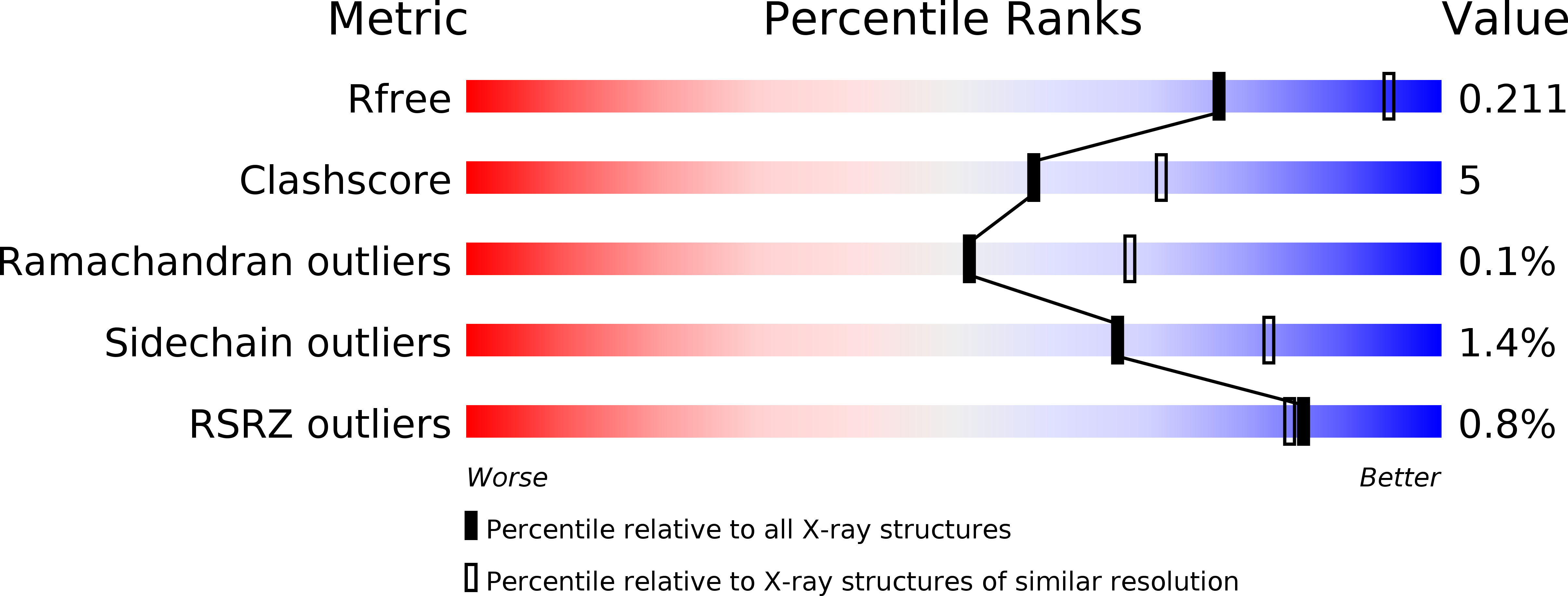
Deposition Date
2015-12-02
Release Date
2016-05-11
Last Version Date
2024-01-10
Entry Detail
PDB ID:
5FPQ
Keywords:
Title:
Structure of Homo sapiens acetylcholinesterase phosphonylated by sarin.
Biological Source:
Source Organism:
HOMO SAPIENS (Taxon ID: 9606)
Host Organism:
Method Details:
Experimental Method:
Resolution:
2.40 Å
R-Value Free:
0.21
R-Value Work:
0.17
R-Value Observed:
0.17
Space Group:
P 31 2 1


